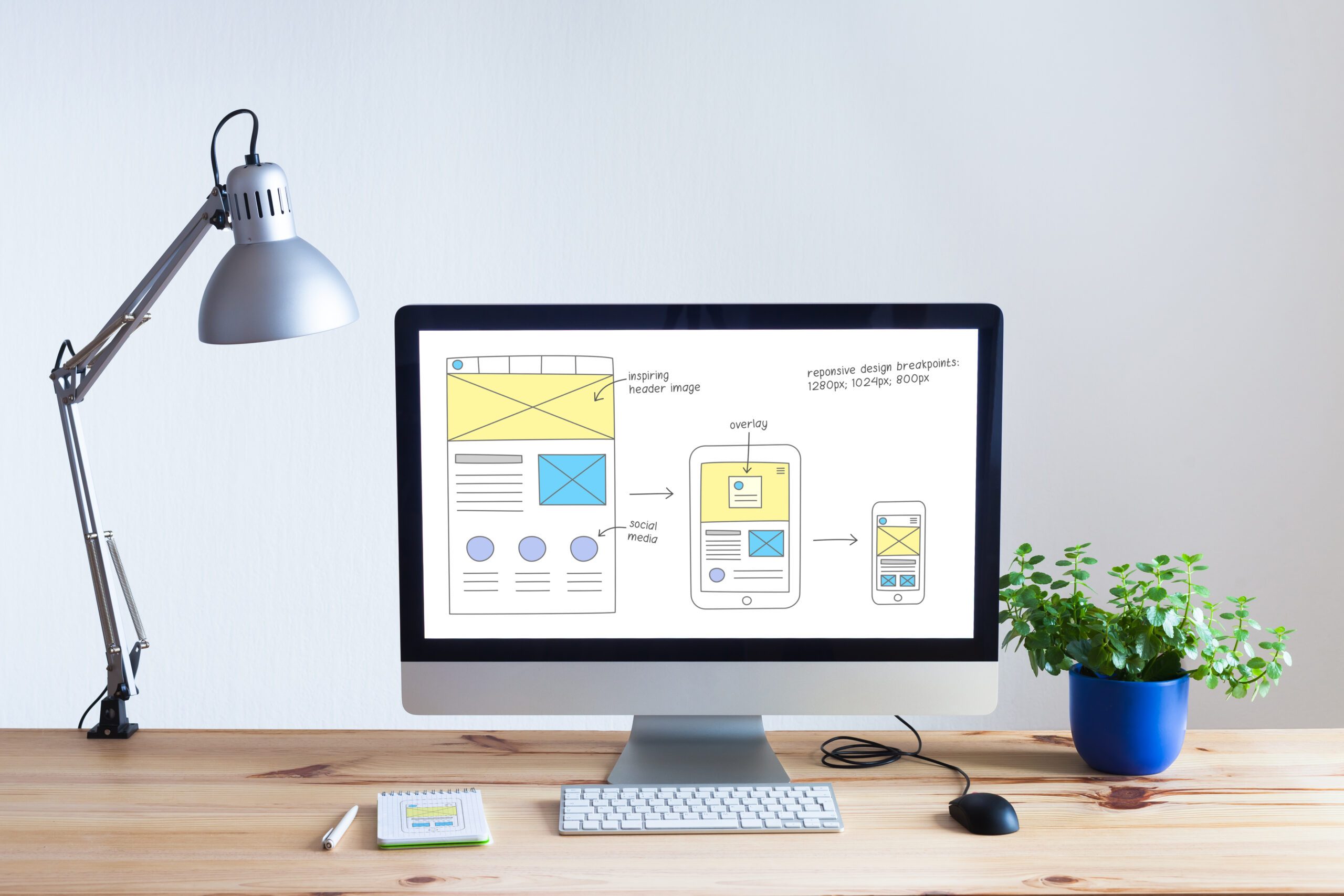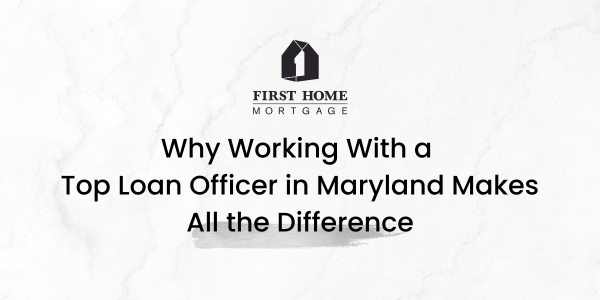When you’re at the stage where you need to build a website for your small business, it is one of the most important things you’ll need to get right as an owner.
However, paying a professional developer to build you a complex website from scratch can cost thousands of pounds upfront.
But the internet can be a difficult place to navigate alone. There is the negotiating and bidding on Google AdWords, graphic design and considerations to make such as whether you will need coding knowledge or not.
Here, we’ll take you through the step-by-step process of setting up a website for your small business using a website builder. You don’t even need the tech know-how.
Top social media tips for small businesses – Achieving social media success as a small business requires knowledge of the right platforms, a comprehensive strategy, and persistence. Here, we reveal social media tips to help you succeed
How do I get a domain name?
Once you have the name of your business, you’ll need to buy a domain name.
This is your website name and URL and it should be the same name as your business.
Once you are clear what business name you are going to use, search on 123reg.com, Go Daddy or fasthosts.com to see if your name has been taken. If it has, don’t fret.
Both the UK domain (.co.uk and .uk) and Verisign (.com) have widgets for choosing domain names.
Top five online businesses you can start today – Ground-breaking companies have been founded in garages, dorm rooms and home offices. Here are five online business ideas for inspiration
You may have your heart set on a .com or .co.uk domain name but if this isn’t available or is too expensive you can always use a less common domain like .uk for UK-based firms.
Google UK gives more prominence to UK domains, so it could potentially rank higher than one with a .com domain.
If you’re launching a blog or portfolio website, using .me.uk works well, too.
Your guide to starting an online business – A survey of small and micro-businesses found businesses with a website were 51 per cent more likely to grow than those without
How much do domain names cost?
There’s no hard and fast rule when it comes to domain names; they vary in cost from 79p to thousands of pounds a year. They will tend to also be much cheaper for the first year and then increase in price as it auto-renews.
The price will depend on whether it’s a brand-new domain name or one that’s been registered for a while.
It’ll also depend on the registrar (company host) and the top-level domain (TLD).
How to choose a name for my business
Make sure your domain name is straightforward and reflects your business name because that’s what potential customers will search for.
The name should be easy to recall, say or type. Avoid numbers, long words, words that are difficult to spell, contain more than two or three words and include hyphens.
Domain names have become a key consideration when choosing a business. Some entrepreneurs have gone as far as making up words altogether for their names – including Häagen-Dazs and Google. Having a unique username also gives you a better chance in search engine rankings.
Some opt for tweaking an existing word to make it unique – taking some of the letters out, for example.
This has worked in the case of Flowerbx and Flickr.
Talking of SEO, include relevant keywords to your product or market in your name. This is especially true of pre-existing businesses.
Is the name future-proof? There are also SEO issues involved in changing it, so it’s best to make sure that it is before you decide.
If you’re still stuck, put a keyword related to your business into a search site like AnswerThePublic or Chrome plug-in Keywords Everywhere (KE) and they’ll give you some ideas. For example, a search for ‘vegan food UK’ gives you real-time related searches that people are making, including businesses.
They could be the ticket to a strong and memorable business name.
Once you’ve decided on the name, try and buy the variants of your domain name like .org.uk or.com to prevent confusion.
Advantages of a merchant account for your e-commerce business – A merchant account acts as the buffer between your customer and your business account. Think of it as a holding pen where your money is parked while your e-commerce sale is validated
Website functionality
Once you’ve sorted your domain, it’s important you have a clear idea in your mind of what your website should do. Think about the layout, colours and fonts that you want to use. Then decide who you want to sell to and what the key selling business points are.
It’s worth writing a page or two about your brand and what your vision for the website is and how you will achieve it.
Decide how you are going to draw people into your site: it could be through striking images, a video, a customer testimonial or something completely different.
Look at three or four of your industry peers that have a website you like and suss out what it is that you like about them.
Having a clear idea of this first will make the process of building a website much easier in the long run.
Website builders and CMS
There are a wide range of website builders available for small business owners.
All these site builders provide drag and drop website templates for your website and tend to work well for simpler websites.
Website builders may work well for e-commerce sites but can struggle to provide value for some tradespeople. In this case, as well as having your own website, it’s wise to list your business in a search tool like Trust A Trader to reach a wider audience.
Squarespace
Squarespace is a premium website builder best suited for creatives like designers, photographers, and musicians who want full control over a visually stunning site. With its sleek drag-and-drop WYSIWYG editor and beautifully crafted templates, it provides a refined editing experience.
Unlike some platforms, it allows template switching even after going live and offers advanced customization through CSS and JavaScript. Though there’s a learning curve, the end result is a professional, unique site.
It also includes robust e-commerce tools and multi-user management.
Basic£12Core£17Plus£29Advanced£79Examples of small businesses that use Squarespace:
Beauty brand, Lauren Napier Beauty
Chocolate brand, Ocelot Chocolate
Get 10% of Squarespace
Enter code SMALLBUSINESS10 to get 10% off your paid subscription.
Webador
Webador offers a fast and friendly way to get online, ideal for individuals and small businesses. Its AI-driven setup, drag-and-drop editor, and mobile-ready templates make it a great entry-level platform. While its feature set is more basic than advanced competitors, it’s budget-friendly and effective for those wanting a hassle-free online presence with light e-commerce.
Free£0Lite£4.50Pro£8.50Business£17Wix
Wix is a flexible, easy-to-use website builder with a massive selection of templates and a smooth drag-and-drop interface. Its AI-powered site creation tool helps beginners get started quickly.
While the design freedom is excellent, you’re locked into your template after launch. It’s ideal for small businesses, creatives, or personal sites — but not the best fit for complex e-commerce needs.
Light£9Core£16Business£25Business Elite£19GoDaddy
GoDaddy’s ADI-powered builder is perfect for users who want a professional website live in minutes. With strong email marketing and analytics tools, it’s a great entry-level platform for small businesses. You can switch themes any time, but deeper customisation is limited.
While it handles light e-commerce well, it lacks direct social media selling and more advanced store features.
Starter£5Basic£7.99Personal£9.99Professional£11.99Performance£13.99How to create an online payments section for your website
Of course, if you’re selling online you will be dealing with debit and credit cards.
However, as a small business, not everyone will have heard of you. It’s vital to show your customers that you can be trusted when it comes to online payments as well as being able to create content.
The website builders also allow you to integrate the most popular payment methods into your e-commerce site.
Online payment provider Stripe, integrated into Squarespace and Wix, allows you to reach most of the credit/debit cards that people have in the UK and Europe.
PayPal is also a useful payment tool to have on your site because as a small business not everyone will know your name and may not trust you completely (yet). To prevent the customer pausing and potentially abandoning your site, PayPal encrypts user payments and gives them extra safety when dealing with you.
This means that small businesses get paid straight away but customers don’t pay for the item until they’ve received it. There’s a 14-day allowance for this.
“PayPal is a useful payment tool because as a small business not everyone will know your name and may not trust you completely”
Providers like WorldPay and Sage can also process your payments for you.
Whichever way you decide to design your website for your small business, be honest with yourself of how tech-savvy you are and also consider how much control you want to give over to website builders.
Once you know this, as well as your brand vision, you should have a good idea of how you are going to build your website.
E-commerce website builders
If you’d prefer to go for an e-commerce platform, you have a few options.
Here are a few of the most popular:
Shopify
Shopify is the top choice for businesses with physical shops looking to sell online. It combines intuitive CMS-style management with sleek, customisable themes and seamless integrations for both digital and in-person sales. Its vast app store adds flexibility but often requires downloading tools that competitors include by default. Shopify supports global selling and social channels but includes transaction fees unless using its in-house payment system, which can add up for some merchants.
Basic£19Grow£49Advanced£259Examples of websites that use Shopify:
Natural baby products and gifts, naturalbabyshower.co.uk
Printed accessories and stationery, nikkistrange.co.uk
Textile designer, lauraspring.co.uk
EKM
EKM is a desirable alternative to Shopify for people who want a platform based in the UK.
It comes with a range of templates and will be built ready to take payments from the get-go.
Pricing available on request.
Examples of websites that use EKM:
Online whiskey vendor, Whiskey Vault
Luxury watch shop, KC Watches
BigCommerce
BigCommerce has some handy tools for selling product and merchandise. Its visual editor allows users to insert text, imagery, video or products and its page builder tool has more than enough widgets to get a good quality site finished up relatively sharpish.
Examples of websites that use BigCommerce:
More on website building
What’s the best website builder for my small business? – Do you want your small business to sell through the internet? Basic e-commerce packages offered by six of the most popular website builders compared
Small business SEO: 6 easy wins to boost your website ranking – Your small business SEO can rank alongside big rivals on Google if you follow these six simple steps
Disclaimer: This story is auto-aggregated by a computer program and has not been created or edited by finopulse.
Publisher: Source link








